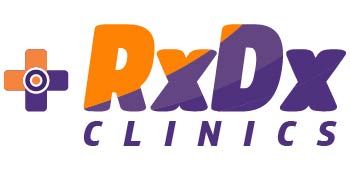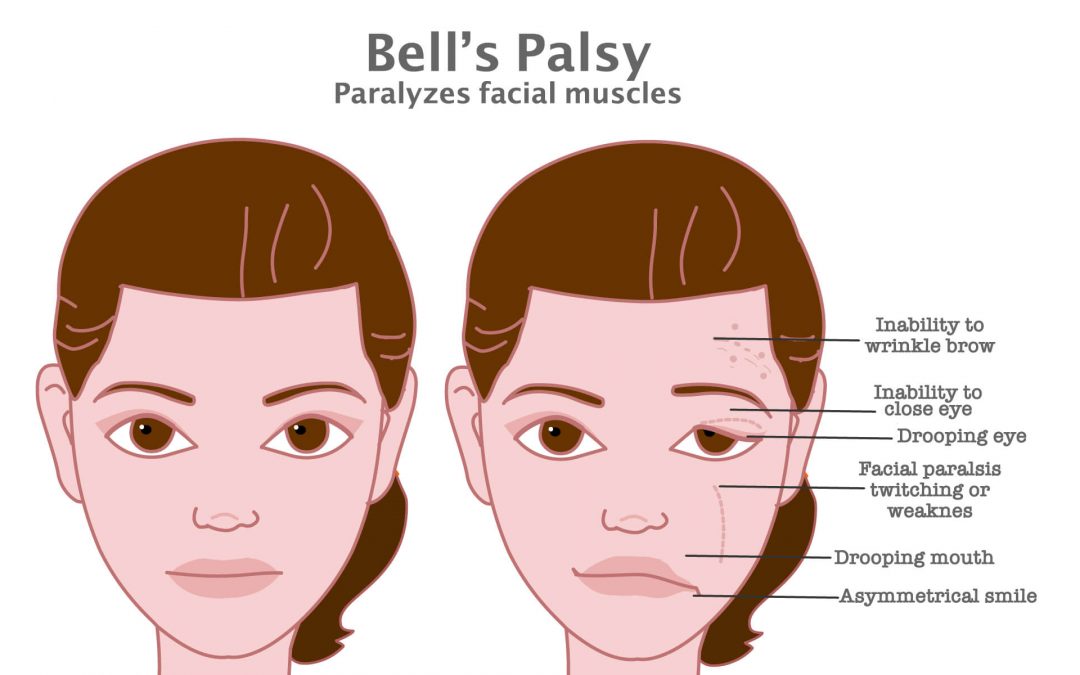What is Bell’s Palsy?
Bell’s Palsy is a sudden weakness or paralysis of one side of the face due to temporary nerve damage. It may look like a stroke but it’s usually less serious and often recovers with time and proper care.
Prevalence
Bell’s Palsy affects around 15 to 30 people per 100,000 each year. It can occur at any age, but is most common between ages 15 and 45.
Occurrence
It often appears suddenly, sometimes overnight, and may be triggered by viral infections like herpes simplex, cold, flu, or even stress.
Affected Male-Female Ratio
Bell’s Palsy affects both males and females equally. However, pregnant women and people with diabetes or respiratory illnesses may have a slightly higher risk.
Role of Physiotherapy
Physiotherapy plays a vital role in recovery, especially in reducing stiffness, improving facial movements, and speeding up nerve regeneration.
How Physio Can Help
- Facial exercises to retrain muscles
- Neuromuscular stimulation to activate weak muscles
- Massage techniques to reduce tightness
- Mirror therapy to improve symmetry
- Education on home care and self-exercises
Side Effects
- Short-term: Facial asymmetry, eye dryness, difficulty speaking or eating
- Long-term (if not treated well): Muscle tightness, involuntary movements (synkinesis), incomplete recovery
Take Away
Early physiotherapy leads to better outcomes, improves quality of life, and helps prevent permanent complications.
If Neglected, Then Complications May Include
- Persistent facial weakness
- Facial disfigurement
- Eye damage due to incomplete blinking
- Psychosocial impact like low self-esteem
When to Seek Help
- If facial weakness appears suddenly
- If symptoms don’t improve within 2 weeks
- If you face trouble with eating, blinking, or smiling


